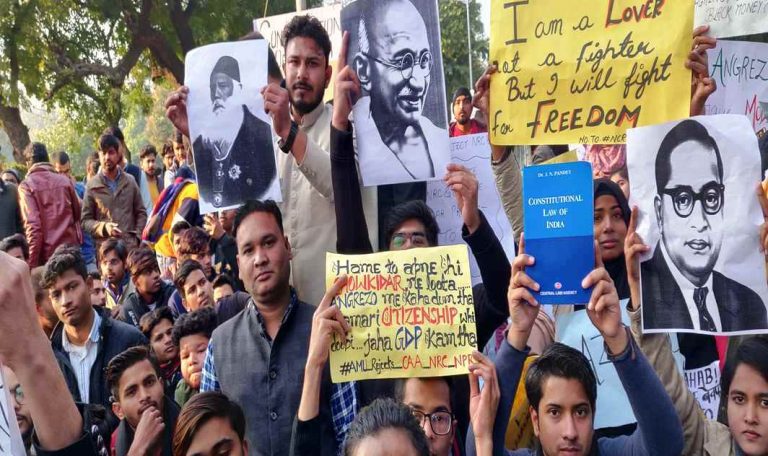
By Dilip Bobb
In 1965, siblings Mary Beth, 13, and John Tinker, 15, were suspended from their school for wearing black armbands as a protest against the Vietnam War. Their case was taken all the way up to the US Supreme Court, which eventually ruled that students have the right to free expression as long as this does not disrupt the learning process. Three years later, their solitary protest became the inspiration for a student uprising that would reverberate around the world. 1968 was declared “The Year of the Student,” as documented in Mark Edelman Boren’s book, Student Resistance: a History of the Unruly Subject. In the United States, the 1968 protests marked a turning point for the movement against the war in Vietnam, mostly led by students. Europe, that same year, saw the May 1968 protests in France, in which students linked up with blue collar workers and almost overthrew the government. In Eastern Europe, the June 1968 student demonstrations in Belgrade, in Yugoslavia, were the first mass protest in the country after the Second World War. The most dramatic student protests took place that same year in Czechoslovakia, now immortalized as the Prague Spring when protesters, led by students, took to the streets to denounce the invasion of their country by Soviet forces.
Today, students of Jamia Millia Islamia (JMI), JNU, Aligarh Muslim University and other campuses across India, have become the most potent face of the protests against the discriminatory Citizens Amendment Act (CAA) and the National Register of Citizens (NRC). Leaderless, bloody but unbowed, they have taken on the might of the state and the brutality of its police forces. Their remarkable resilience and resistance have unlocked the dormant instincts of civil society which has joined in increasing numbers. In Delhi, even St Stephens, where such protests are unheard of, has joined in the countrywide exhibition of student power. By waving the tricolor, holding inter-faith protests, reciting the preamble to the Constitution and singing the national anthem, they have redefined the grammar of protest movements in India. The campus is now the default protest site, now almost as iconic as Jantar Mantar or the Kolkata maidan, or even Gateway of India in Mumbai.
That is logical considering that the success of any protest movement lies in occupation of space, physical and then the mind-space of the larger society. Like Kent State and Berkeley in America, the Umbrella Movement in Hong Kong, and the anti-Vietnam War protests, students are at an age when rebellion lies in the inquiring mind, the questioning of status quo and the more traditional stand against established authority. More important, if their stand is seen as justified, it leads to mass support from all quarters. Listen to the words of an elderly lady—a Hindu no less—who was quoted as saying this: “Each time I go to the protests—6th done today—I find myself energised by the sheer creativity on display… Bone tired but on such a high… Students are the best. They have brought out the best in those standing with them…”
The big difference between 1968 and today is that technology has made it possible to spread the word, and photos and memes, from one campus to another in the blink of a phone. Today, it is possible to build coalitions via Google, WhatsApp, Facebook and mobile devices. The students behind the agitation led by the All Assam Students Union in 1979, had no such technical aids, yet they morphed into a political party and formed a government in the state, not once but twice. There must be a lesson in that for the government of the day. Student power in India, leaderless as it is, has shown us all what freedom means and what it stands for—azadi, their war cry, is not anti-national as critics aver, but a timely reminder of the rights guaranteed under the Constitution.

